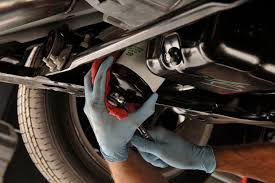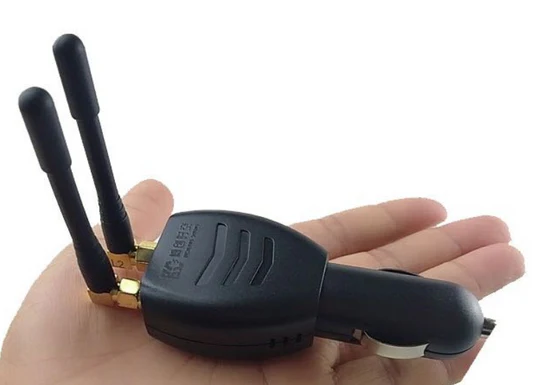Intro
Although your car’s stock wheels meet most of your demands, you should periodically consider updating them at some point since there may come a time when you must replace the factory wheels due to age, corrosion, or vandalism.
Whether you’re changing because of acceleration or pure visual appeal, knowing everything to begin looking for in a fresh set of wheels and tires is essential.
Please, scroll down when you want to get essential tips for upgrading wheels and tires.
Content
The History of Wheels
The initial wheels discovered were constructed of wood. For a long time, cars applied wooden conveyance wheels. More torque and weight quickly beyond the limitations of wood and wheels were converted to steel, perhaps in an imprinted soldered dish or a more lightweight hub, spoke, and rim configuration.
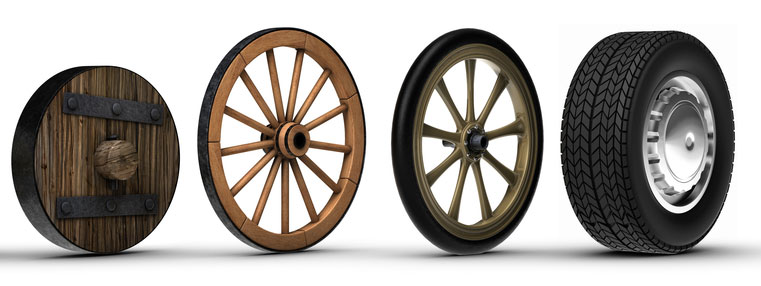
Lighter steel-spoked rims were popular into the 1950s, particularly on agile overseas sports vehicles, but bigger American automobiles required sturdier pressed and soldered wheels.
Following that, humans investigated magnesium, a substance that’s as durable as aluminum but lighter. Sadly, natural magnesium destroys unless sealed appropriately and may ignite a fire in a collision.
Nowadays, “Mag” wheels are a less hazardous, more durable material called magnesium or, more commonly, a coated or chromed aluminum alloy. Aside from these alloys, exceptionally light carbon-fiber rims have recently become accessible, although they are still significantly more costly than a steel set.
For the time being, the majority of wheel improvements include aluminum alloys.
How Much Rubber Will You Require?
The first of the explanations for individuals choosing larger wheels and tires is the interface patch.
There are two methods to expand a tire’s contact patch: having it bigger or broader. A longer area of the tire tread increases the total diameter of the tire.
This fact works well on a four-wheel-drive vehicle, but increasing the tire’s diameter on typical passenger vehicles causes complications.

Initially, there’s a straightforward problem. The tire may rub against other vehicle sections, such as the wheel well.
With the total tire radius up, the car’s proper gearing becomes taller, robbing it of acceleration. The issue is that a wider diameter tire takes longer to get through one spin.
As a result, when your spacing is configured up to spin the wheels a certain amount of times with a smaller-diameter tire, employing the identical spacing with a larger-diameter tire will not rotate that tire at all times.

While increasing your wheels’ width, you should also consider boosting the diameter. Then, you may install a tire with a broader tread and a narrower profile for improved handling.
Wretched Excess
It has certain reasons to be careful when upgrading your wheels and tires, particularly when you have a less powerful vehicle.
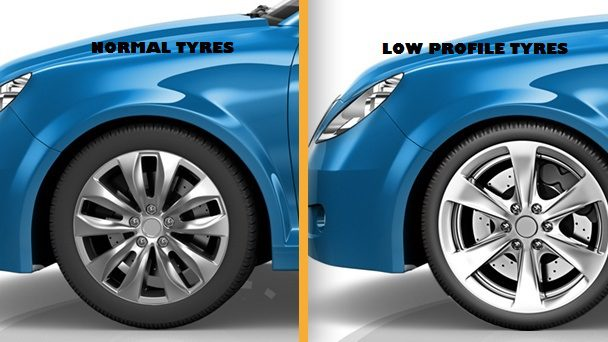
With low-profile tires being popular, upgrading to a larger wheel is a simple method to improve the visual appeal of your vehicle. It may further assist with performance. Shorter margin flex less during turns, retaining grip, while lateral stability is enhanced with a wider tire.
“Changing to a larger wheel likely brings access to a wider range of appropriate tires, particularly performance types. Nevertheless, there exist some drawbacks. Tires are lighter than wheels, as wheel size increases, so does weight” – as described by Robert Herrera, an automotive expert from COR Wheels
A larger vehicle reduces fuel efficiency and performance, whereas rendering steering seems heavier. The smaller sidewall further offers less cushion, making the ride more severe.
As previously stated, their added momentum can interfere with safety measures such as ABS. Yet, the additional weight also demands greater horsepower to move, wreaking havoc on your fuel efficiency and speed. The increased momentum of those wheels might also strain your original springs and shocks.
The surface of the contact patch gets more rectangular than circular. The greater breadth of the tire on the pavement increases the tire’s susceptibility to slipping on wet surfaces.
It’s All About Geometry
It’s not simply the dimensions of the wheel that count; the bolt pattern is also important. Other wheels are compatible, and the bolt pattern determines which ones will not. So, while shopping for new wheels, don’t forget to consider the hub size.
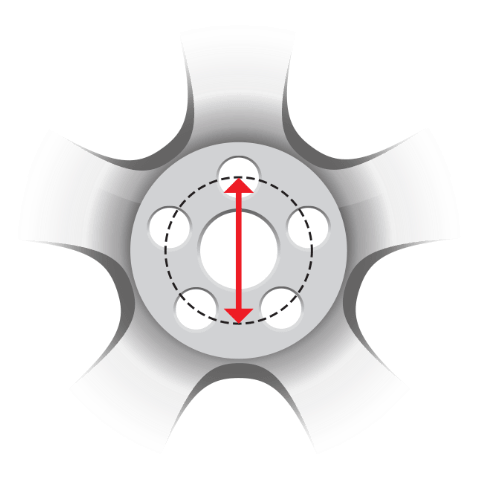
Now you’ve chosen a wheel that fits the bolt pattern on your vehicle, but does it have a fitment? The former refers to the distance from the wheel’s dead center to its attached surface, while the latter refers to the disconnect from the backside of the wheel to the surface where it is mounted.
A greater offset moves the surface of the attachment closer to the wheel’s outer edge, permitting the rotation to sit more deeply within the wheel well.
A lower compensation, on the other hand, places the mount’s surface nearer to the wheel’s inner border, pushing it outward for a broader stance.
You should be aware of various automobiles’ offsets when purchasing wheels.
Conclusion
This blog about how to revamp your ride can assist you in making the proper selections in this respect.
Cars are upgraded for a variety of reasons that meet our wants. Your vehicle is just as steady and secure as its wheels and tires. The simple explanation is that wheels and tires represent two of the most vital pieces of an automobile and immediately affect your car’s acceleration and control.

Max isn’t your ordinary auto blogger. He’s your friendly neighborhood gearhead, here to guide you through the automotive maze. His blog is like a conversation with a buddy who’s always got the latest auto scoop.





